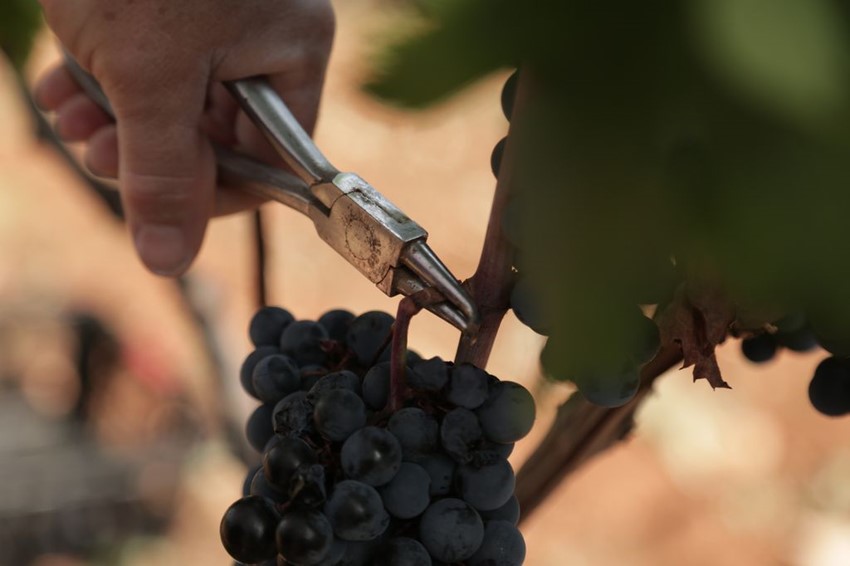Old vines: beyond age
Much like sustainability and natural wine, the term ‘old vines’ is dangerously close to becoming a buzzword. And much like sustainability and natural wine, when using old vines as an attribute, one should be aware about whether the use of it lies solely on attaining a certain type of premium, or if there are sincere practices that they are engaging in. This is because, not only are old vines about preserving our past, but they are also important in creating a sustainable future. To begin to understand the value of these viticultural treasures, we take a deep dive on the subject.
While quality is not an isolated factor, good wine made from old vines is other worldly, for it has qualities that no other wine has. Steeped in history, old vines allow winegrowers to start off with the most wonderful raw ingredients. And as the challenges of climate change make themselves ever more obvious, old vines come into their own, showing extreme resilience as they withstand extreme heat and drought, compared to younger ones – making them so much more sustainable. But let’s start from the beginning.
How old is old?
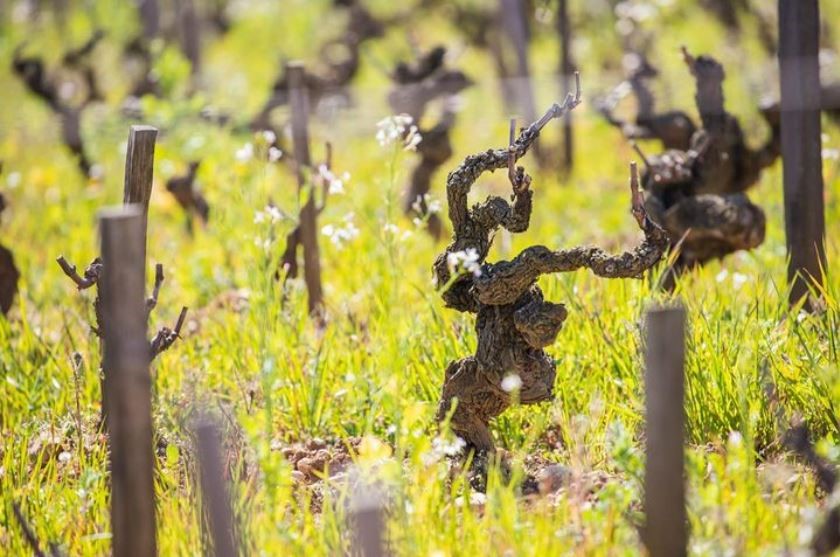
Defining old vines represents a challenge on its own – and to be clear from the outset, there is no official legislation to what can be defined as such. Vieilles vignes, old vines, vinhas velhas, and other equivalents, are terms that can be used on labels to indicate that the grapes for the wine in question were harvested from old vines. But how old is, in fact, old?
We should start by thinking about the course of a vine’s life, and how at a point in time they are considered mature – generally from 40 years old. Showcasing how variable this exercise is, Sarah Abbott MW, co-founder of the Old Vine Conference – a non-profit organization, galvanising a global movement to nurture and value great old vines, and their wines, – believes that vines can be considered old from when they are 35 years old.
For the team at Domaines Paul Jaboulet Ainé, on the other hand, old vines are slightly older. “We [at Jaboulet] often speak of old vines when they are more than 60-70 years old,” explains Caroline Frey. “However, for a vine to become old, some important conditions must be combined, and the quality of the terroir is an essential one, as well as the respect of the sap flow from grafting to the pruning.”
Do old vines produce better wine?
The short answer is yes… and no. Old vine age alone doesn’t contribute to quality. At the same time, the most famous wines in the world are made from old heritage vineyards, and studies revealed that wine made from these gnarly, woody individuals are more complex, intense, and harmonious on the palate.
Seemingly straight forward, the premise of the quality of old vines’ wine often lies on a falsely simplistic train of thought – that old vines result in lower yields and greater concentration of flavour. When in fact, there’s a lot more to it, namely on the viticulture front. Something Sarah explains quite clearly. “It is not just about the vineyard being old but also the grape variety being planted in a place which is adapted to the environment. In equal measure, it is about it being healthy and tended appropriately. And naturally, the wine must be well made.”
“Research suggests that there is a moderated yield defect, but one that is not automatic. If you have health in your vines there is no reason they’d lose vitality. Instead, it’s more about composition, balance, and fruit. Old vines achieve a perfectly balanced yield when the grower adapts their pruning methods, allowing them to grow into their own space, and to develop their woody depth and girth,” she continues. “The current concern of maintaining these old vineyards, has led to a complete re-evaluation of effective pruning. Soft pruning – where you don’t cut into the vine as much, allowing it to spread and look like a little tree. By doing that, the vine stays strong, is less susceptible to trunk diseases and it’s been shown that it can bring the yield back up.”
One thing is true – with age comes wisdom, and the studies done around old vines have been uncovering results nothing short of amazing. Located on thin soils, in the dry Rhône Valley, the vines of Domaines Paul Jaboulet Ainé are forced to draw water and nutrients deep down to feed themselves and bring the grapes to perfect maturity. “It is said that the older the vines are, the deeper their roots go into the soil. They then develop better control of their environment and water regulation,” says Caroline. Something that was perfectly illustrated in 2018, when the Jaboulet team dug several soil pits about 2 meters deep in the heart of their iconic plots to analyse the planting of the vines. “The results amazed us! We observed a deep and incredibly hairy root system allowing the vine to take in water and nutrients.”
And with soils composed of several layers, rich in various nutrients, the deeper the vine dives into the heart of the terroir, the more it will be nourished, bringing more complexity and structure to the wines. This explains the presence of a certain flavour profile and complexity associated to old vines – something that is as clear as it is (almost) unmeasurable. According to the Master of Wine, “just as you can’t trace minerality, you can’t trace vine age directly… but you know it’s there. What I find in old-vine wine is a kind of depth that is not necessarily about concentration, nor is it manipulated. It is one that I find layered through the palate.”
“The wines have a real vitality, and a beautiful balance. This has been brought out by research done comparatively on wine made from old vine grapes vs wine made from younger vine grapes. And what that research has shown is that old vines provide grapes with better balance, displaying higher acidity, lower pH, and high concentration of isocyanines, as well as a very good dry extract,” she explains.
It is worth noting that this same study also revealed that when it came to sensory analysis, comparative blind tasting of wines made from these two different parcels – old vs young – old vine wines were statistically, relevantly!, rated as having more complexity, intensity, and harmony on the palate.
Genetic resilience – and value
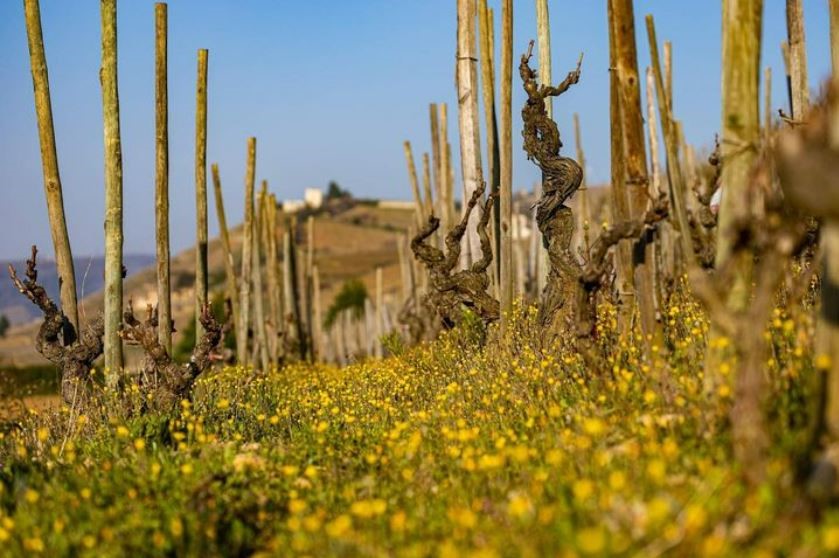
When it comes to old vines, it is just as relevant to talk about genetic identity as it is to talk about their age. Faced with the evolution of a hot climate, old vines adapt better and are more resistant, with Jaboulet reporting that they observe less vine mortality and a higher quality of wine.
Which brings us to something that simply cannot be disregarded; the fact that old vines are better equipped to face climate change. Most old vines around the world are dry farmed, having the capacity to endure drought and climatic stresses, surviving both bitterly cold winters and dramatically hot summers. An old vine is self regulating, thanks to its memory of past seasons.
As the arcs of genetic diversity and adaptation, old vines are being increasingly used by producers to create what are called ‘heritage cuttings’. By doing so, growers can retrieve the adaptations that they’ve made over the years to cope with periods of drought, or periods of cold, or simply adapting to the soil they were planted on, transferring the genetic information on to offsprings.
But for some, it goes even further than that. It’s a quest for utmost quality. The ENTAV (National Technical Establishment for the Improvement of Viticulture) has been working on clonal selection since the early 1960s. Their first objectives were to identify productive individuals or individuals making grapes more concentrated in sugar, colour, and tannins. “The plantings made with these selections have standardised the wines and the sugar-producing selections are becoming problematic with the evolution of the climate,” says Frey. “Our old vines predate these selections and their genetic diversity provides aromatic diversity.” Which is why, for Jaboulet, the genetic heritage of their vineyards is crucial.
They put careful work into preserving it through massal selections of their old vines with which they created a Syrah Conservatory. Each massal selection is obtained from different strains of the same plot, often over 70 years old, and guaranteed to be not from clones. A way to significantly improve the quality of their harvests while contributing to the preservation of genetic diversity within the vineyard, preparing for the future, and their next plantings. Luckily, some of their oldest vines are over 100 years old, rooted on the incredible terroirs that grow the renowned wines of Hermitage La Chapelle (Méal, Bessards, Murets, Rocoules), Crozes-Hermitage 'Domaine de Thalabert' (the historic wine of the House), and Crozes-Hermitage 'Domaine de Roure'.
The muse effect and shaping the winemaking philosophy
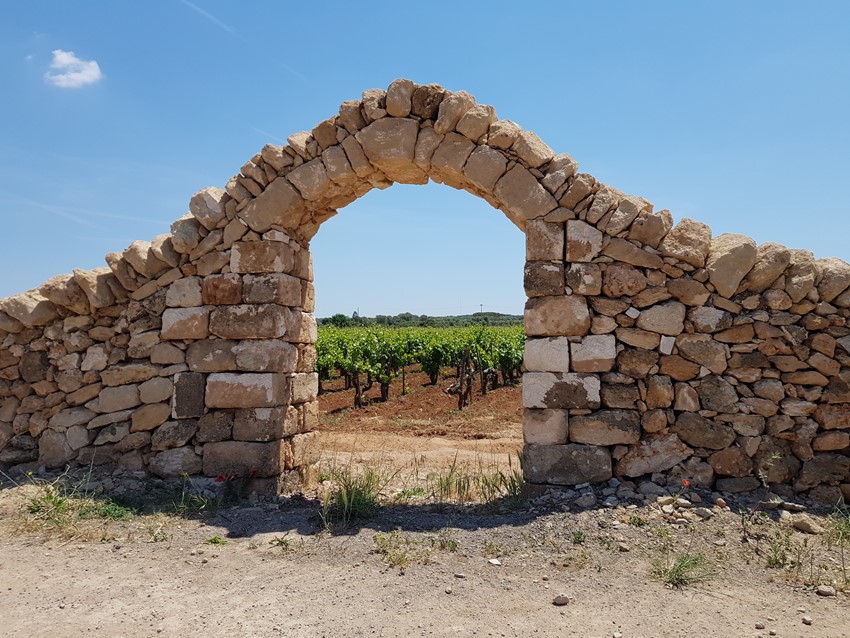
Old vines and the culture they represent – the story they embody – serve as an inspiration to some of the greatest winemakers. “There’s something special in how talking about old vines cuts open the viticultural, farming heart of wine, that makes it very human and very relatable.” A marketing expert in the world of wine, Sarah emphasizes the important role that communication and storytelling has in the old vines category, giving a cue to a very important message, regardless of which side of the market you’re at: sustainability.
“Often in wine we struggle to talk about viticulture and the impact of decisions in farming, and what that means for the environment, for the community and all the angles of sustainability. You start by thinking about the fact that, for example, a particular vineyard has been planted by the current owner’s great-great-grandfather, when all he had was his agricultural wisdom, a strong back and hope!”, Sarah chuckles. But her message is clear – and seriously accurate. “This is when we realise that we’re talking about an approach to farming which is sustainable to its core. One that considers the environment, the community, and the economy.”
And so, in her own words, old vines attract the most sensitive, visionary, and connected winemakers. Winemakers that are undeniably committed to sustainable practices, and who are either great growers, or very much engaged with the viticultural side. Promoting a unifying effect in the industry, this includes producers of all different scales and sizes – from artisanal makers to increasingly larger corporations.
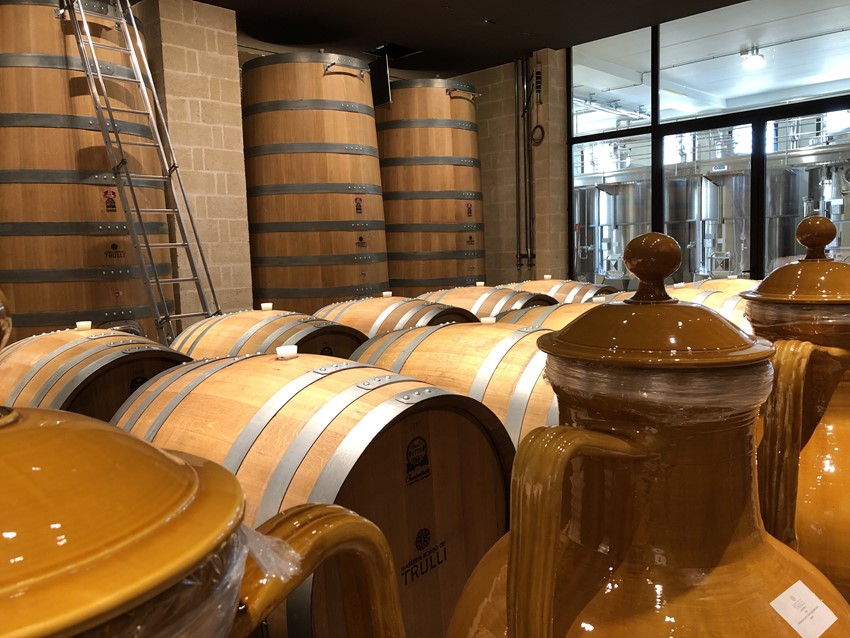
An example of this is Masseria Borgo dei Trulli, a 53-hectare estate divided into several plots, farmed organically and largely located in the production area of the Primitivo di Manduria. But more than a wine producer, Masseria Borgo dei Trulli is a guardian of local heritage including art, culture, and old vines, managed using an innovative and sustainable approach.
Spearheaded by Alessandro Michelon, an old dis-used Masseria and a vineyard of traditional old Apulian Alberello are at the heart of the highly innovative project, located in Roselle, an area with an thousand-year history of vine-growing. The Alberello training system is one of the oldest vine growing practices in warmer areas, a labour-intensive form of vine cultivation of millenia ago and one that requires manual care for every plant. The continuous and meticulous pruning, combined with optimum aeration and maximum light, ensures grapes of the highest quality, while the close proximity of terrain allows an exchange of heat, ideal for the ripening of the fruit.
Masseria Borgo dei Trulli’s efforts in preserving its heritage goes further than their rows of vines. The use of stones as an architectural element strongly characterises the appearance of the local countryside, and the dry-stone walls found bordering the estate are testimony to this ancient technique, with MBdT working tirelessly to recover and restore these features.
